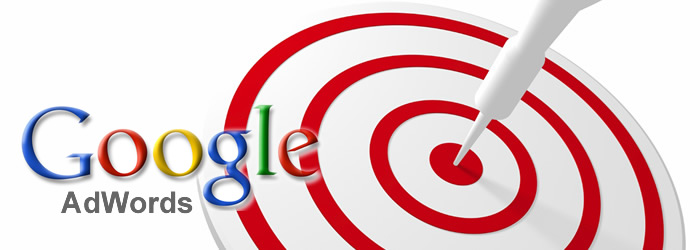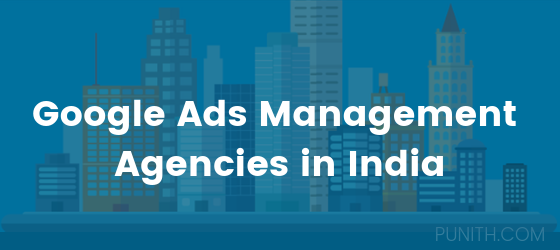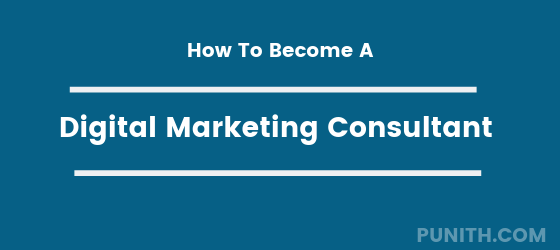If you use Google AdWords to market your products on Google’s search engine, I’m sure that the only thing you would be most concerned about will be your conversion rates. In fact, I firmly believe that conversions should be the only thing on your mind as it is the fundamental element in any paid search strategy. So, optimizing your conversion rate should be your main priority as it means that you will generate more buyers when they click on your ads. You can easily set up conversion tracking via Google AdWords. Simply put, I’m about to share 3 superb optimizations that are ideal if you’re looking to achieve the number of conversions that will make your marketing strategy a success.
1. Optimize best converting locations
I’ve always observed that it’s a good idea to find out where the majority of your conversions come from, whether you’re in charge of a generic nationwide campaign or one that is targeted at specific multiple locations likes cities or states. Statistics have shown some surprising data regarding users from different locations differ in their browsing and buying behavior and I highly recommend that you target your audience based on geography and specific tactics.
AdWords has an in-built feature known as “Dimensions”, which gives you a general idea on how every location is contributing to your campaign’s overall success. You can also make use of a “User Locations” option that will help you find locations with amazing cost/conversion and avoid those with few or no conversions at all. This will allow you to reduce or eliminate unnecessary campaign expenses.
And if such cases, I would recommend that you omit these locations from your current campaign. But if you think that these locations are essential for the smooth operation of your business because of opportunities to exploit them, you could always launch a separate campaign using a separate approach to target them.
2. Crack down Conversion Optimizer
A lot of business owners and marketers are cautious about AdWords because they are worried that Google might take over or manipulate their bidding strategy. For this very reason I usually follow the traditional method of performing manual bidding. This reasoning also applies in the case of Enhanced Cost per Click (ECPC.)
However, if you’re looking to achieve success with the AdWords Conversion Optimizer, I suggest that you get someone who has concrete knowledge of how it works and what needs to be done. This is because it is vital to be cautious as to how set up a Cost per Action (CPA) bid, especially if you’re looking to hit your high conversion rate goals.
When To Use AdWords Conversion Optimizer:
The bid management function performs a vital function that can be difficult or even impossible to perform on a manual basis. Having to monitor conversion behaviour multiple times and several times in a day, adjusting keyword bids so that and advertiser doesn’t more or less than the amount that you need to your conversions on par or below your targeted cost.
When Not To AdWords Conversion Optimizer:
Although AdWords might seem like a godsend, with its clever and compelling features and benefits, Google’s Conversion Optimizer has its fair share of shortcomings. Most developers complain that the bid optimizer lacks transparency; all processes occur at the backend and the Google Bid Optimizer doesn’t really over any reason as to what operations it performs or why it performs them. Users cannot even what bids are being placed on their behalf. Another major concern is that the optimizer software changes bids automatically, requiring you to hand over total control to the program. Both of the above stated features have made a lot of users wonder whether Google is even bidding to help you meet your conversion goals.
3. Optimize on Converting Keywords and Ads
I’ve noticed that with most campaigns that perform well, there are always associated ads, ad groups, and keywords that act as the primary drivers behind these conversions. Depending on the initial strategy, 1 – 3 groups might be responsible for over 70% of a campaign’s results. All your other ad groups will convert at a fluctuating pace, giving you a fair cost per action rate. This is why you might decide to keep it running
After you’ve obtained the data as to which of keywords and ads are most effective, you can stir things up about by trying to identify additional potential keyword variations for your digital campaign. These keywords would be based on the words that have already been converted. If you’re looking for maximum exposure, I recommend that you create some unique keywords variations in a variety of mix and match patterns.
It’s pretty obvious that you should create your site’s ad variations based on the top performers. This can involve simple procedures like modifying the call to action, restating the headlines or portions of your ad’s description lines. It is important to remember that even the minutest of changes will have a huge impact.
The bottom line is that your conversion rate is a critical metric that you can use to follow and even compare at campaign or event-levels to make sure you’re not wasting any of your any money on your pay-per-click campaign’s budget. Conversion rates also give you an idea about underperforming ads that are either ineffective or are attracting the wrong kind of customers. My goal was simply to help you use AdWords to the best of its capabilities.
And if you use AdWords, I welcome you to share your feedback, thoughts and experiences.




![All You Need To Know About AMP [Accelerated Mobile Pages]](https://www.punith.com/wp-content/uploads/2018/08/amp.jpg)
0 Comments